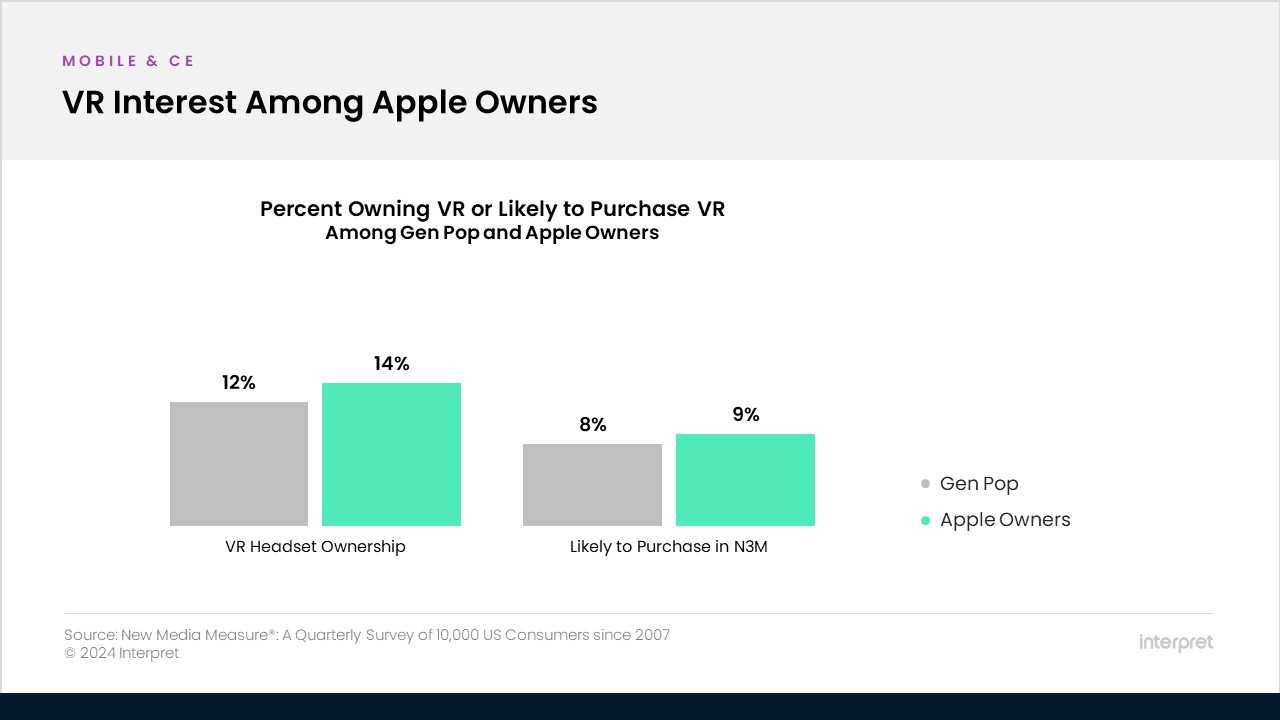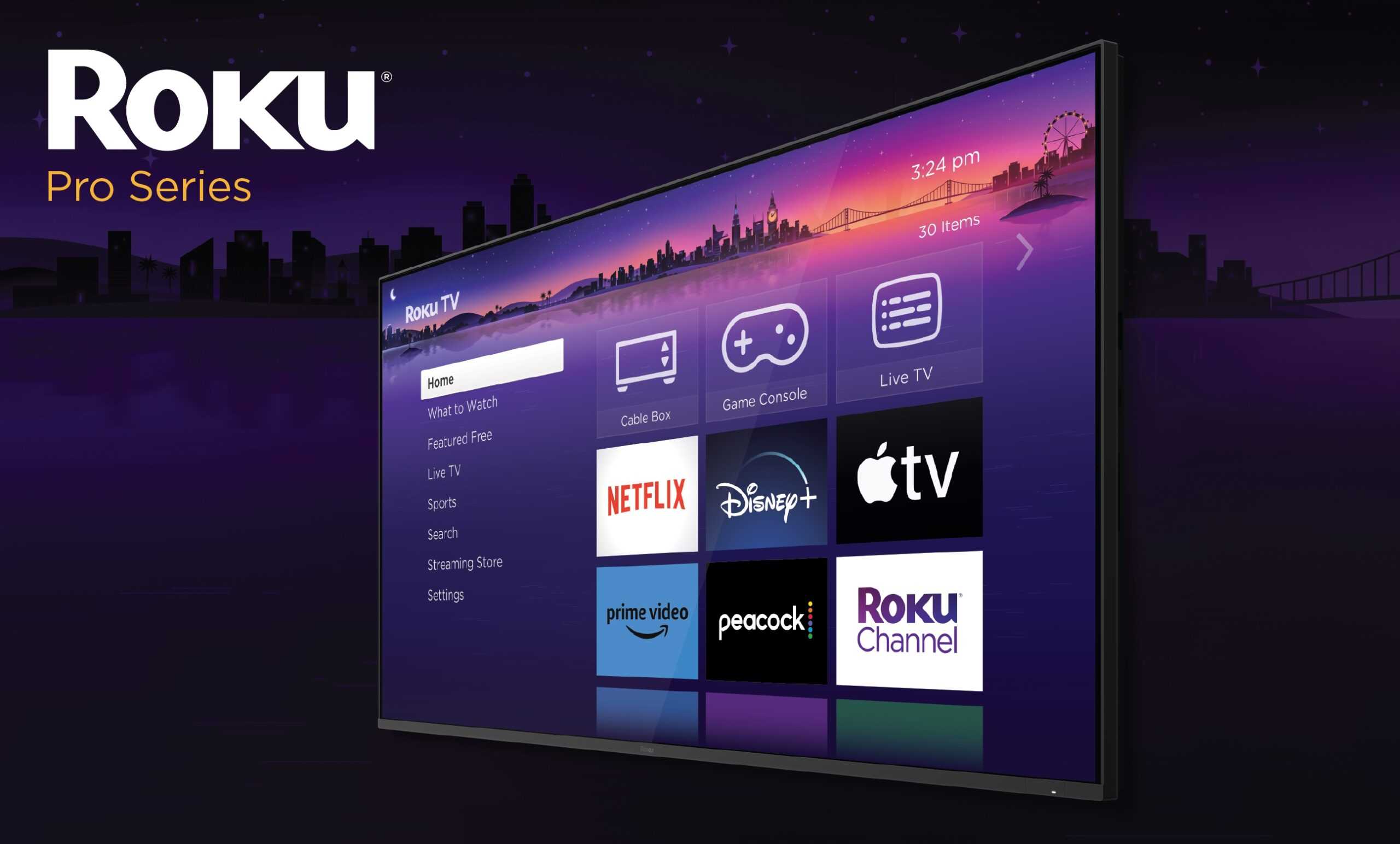At the start of February, Apple released its long-awaited spatial computing (Apple doesn’t use the term VR) headset, Apple Vision Pro, into the wild. While the Quest line of standalone headsets from Meta have been attempting to lower the barrier to entry in terms of pricing, Apple’s foray into the space is commanding a hefty premium at $3,500. That immediately prices it out of the budgets for many consumers, even if they are interested in VR, but the good news for Apple is that media reviews of the device have been mostly positive.
Tom’s Guide, for example, notes that it “feels revolutionary because of how easy it is to operate.” The headset, unlike Meta’s devices, comes with no controllers and relies on sophisticated hand-tracking and finger gestures for all input. YouTuber MKBHD calls the Vision Pro’s passthrough the best he’s ever seen, to the point where he can even play table tennis in real life while wearing the headset. And because the passthrough is so effective, it enables more convincing augmented reality experiences.
That said, there are only 600 native Vision Pro apps thus far, and it’ll take some time for developers to adapt their standard iOS apps to the device. Gaming is also not a standout feature on the Vision Pro, and without actual controllers, that’s another aspect that will likely take developers much more time to create something unique.
Where Vision Pro shines is in spatial photos and videos and providing users with giant virtual screens for 3D movie viewing – a feature that has made taking the Vision Pro onto airplanes a bigger use case. The headset can also be used to scan a user’s face to create a Persona (a 3D avatar) to be used in FaceTime video calls.
Tech reviewers who have scoffed at Apple’s incremental upgrades to the iPhone and other devices have praised Apple for taking a risk and launching something innovative for the first time in many years. According to Bloomberg, Apple is cognizant of the fact that this is just the first step, and Vision Pro could take four generations of the device to reach “ideal form.” Price barrier aside, being tethered to a battery pack that provides 2.5 hours at most is something Apple’s engineers will have to fix, and the headset itself is on the heavier side. But slimming down the device and the MSRP are both likely over time.
For now, Apple has laid the groundwork and stirred up some strong buzz. According to Interpret’s New Media Measure®, Apple owners (defined as consumers who own either an iPhone, Mac/Macbook, or Apple Watch) are also more interested in VR than the general population, which could make a difference as Apple continues to refine the product. More Apple owners already own an existing VR headset than gen pop, and they are slightly more interested in purchasing a new one in the next three months.





